If you’re eager to discover Bali’s blend of historic landmarks and stunning natural beauty, this tour will be perfect for you, the UNESCO World Heritage Sites of Ulun Danu Beratan Temple and the Jatiluwih Rice Terraces. The latter represents one of the oldest and most intricate agricultural systems globally, with some terraces estimated to be around 500 years old. During this tour, you’ll also have the chance to explore some of Bali’s most picturesque natural attractions, including verdant rice fields and captivating waterfalls.
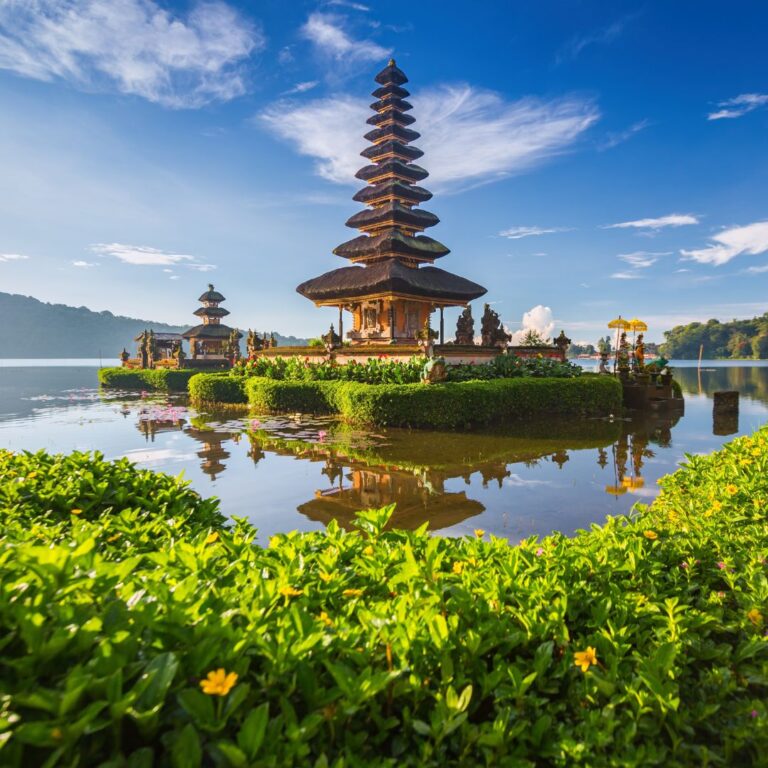

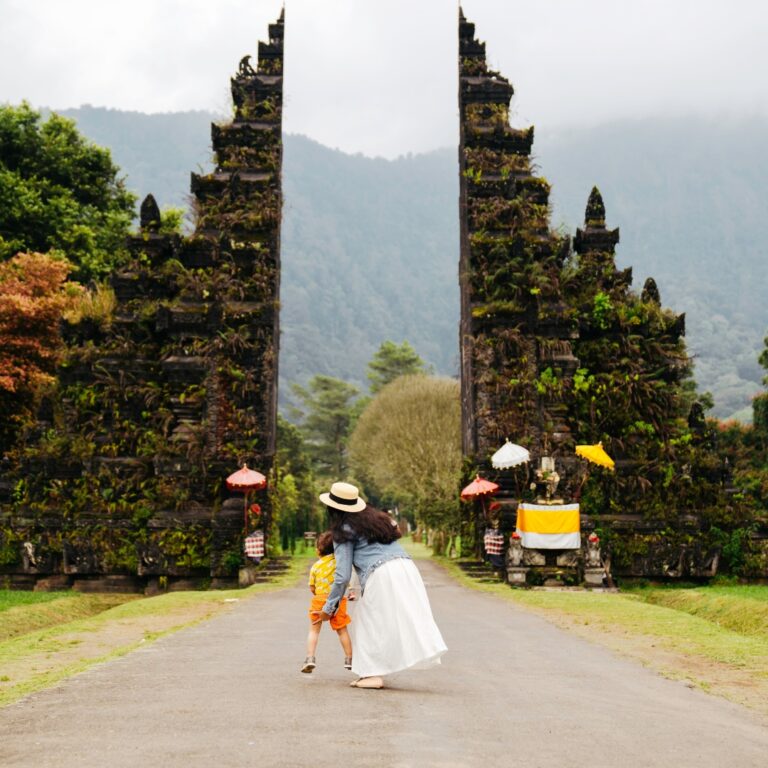
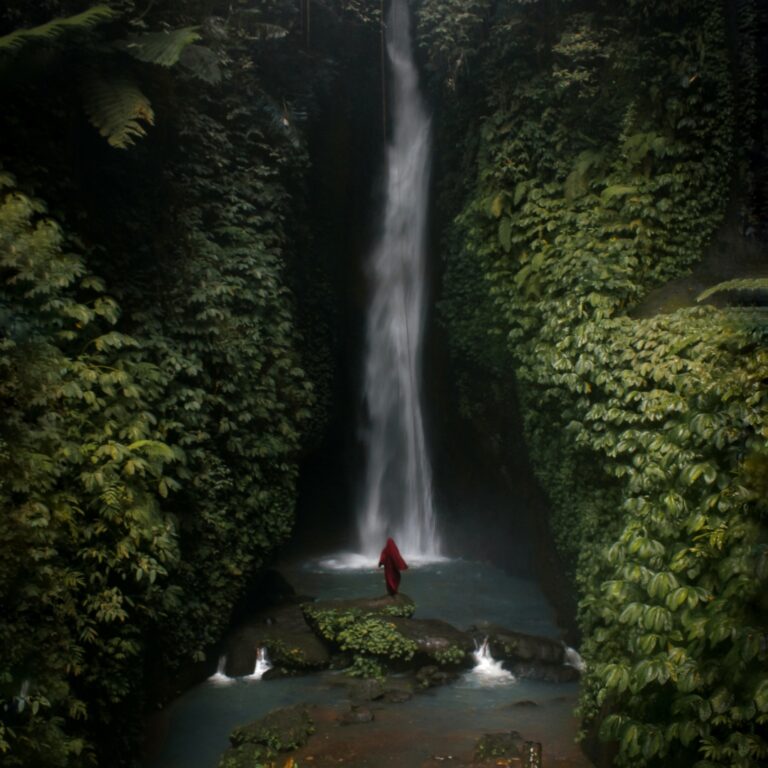
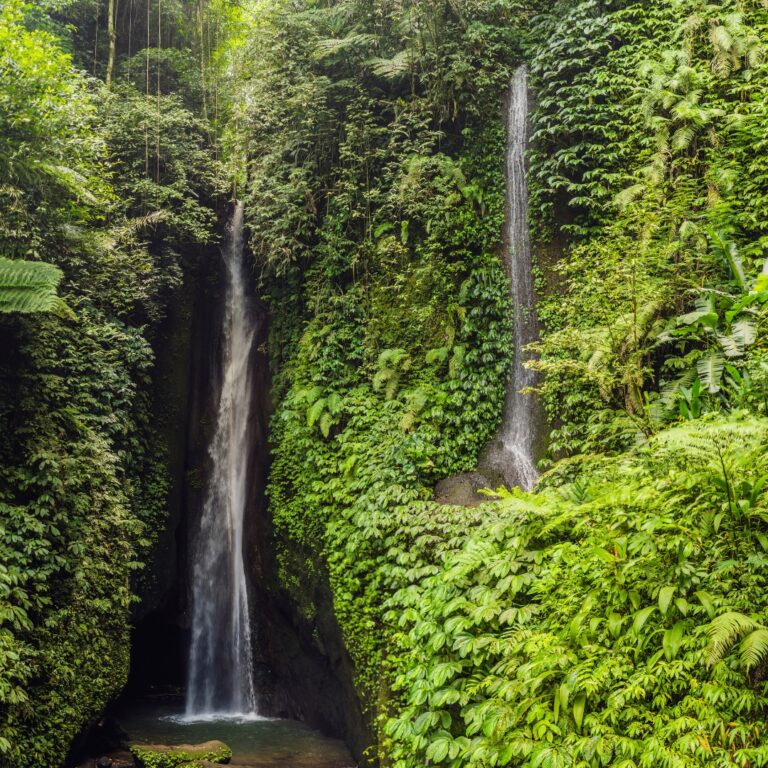
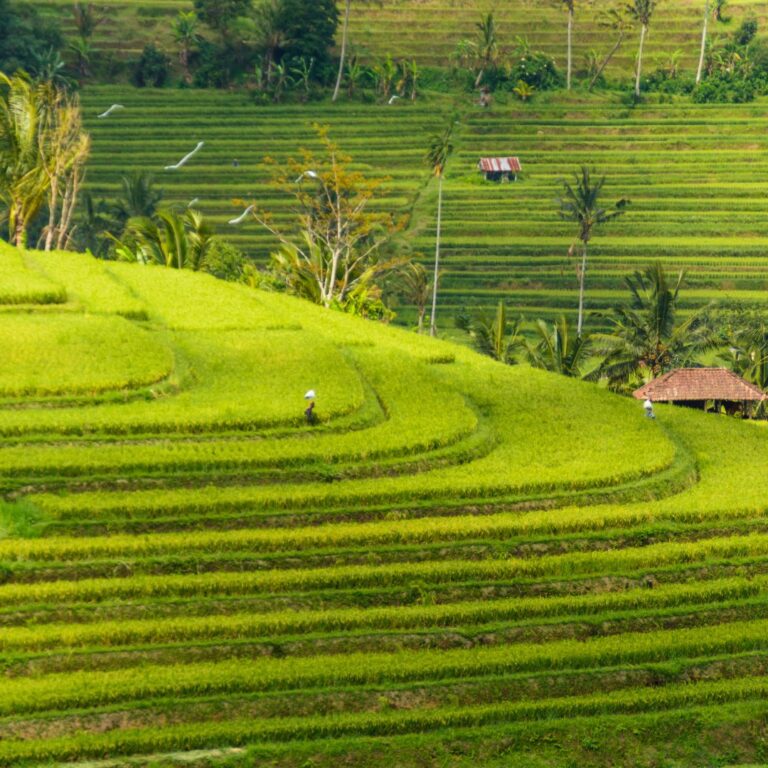
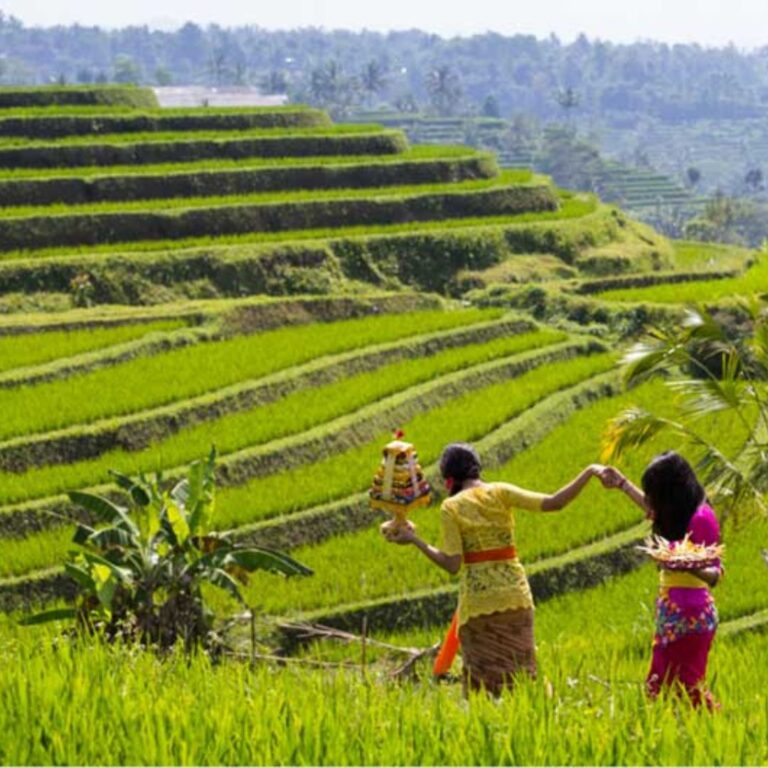
We made a tour of Scenic Rice Terrace and Temple on The Lake, which promises a picturesque experience combining spirituality, stunning lake views, and cool highland air. Experience breathtaking the historical, landscape home of Bali and take in all the culture. Our team guide will help you to get some great Insta-worthy vacation snaps! For an unforgettable experience, book your tour with us today. We can’t wait to show you around in Bali!
PRICE
1 Person :
USD $85 / Person
2 Person or More :
USD $45 / Person
- Sangeh Monkey Forest the natural beauty, combine with the playful monkeys and historical temple
- Handara Gate, an iconic gate near Ulun Danu Bratan is a popular photo spot for its grand entrance framed by lush green hills.
- Ulundanu Beratan Temple is an iconic water temple dedicated to the goddess of the lake, Dewi Danu. It’s a striking example of Balinese temple architecture.
- Jatiluwih Rice Terrace UNESCO’s Cultural Landscape of Bali includes breathtaking rice terraces, which feature the traditional cooperative water management system known as the subak.
- Leke-leke Waterfall is a hidden gem in Bali, known for its scenic, lush surroundings and a narrow, cascading waterfall that flows into a tranquil pool below.
9:00 AM Pick Up from Your Hotel in the Ubud Area (8:00 am outside the Ubud Area)
10:30 AM Taking Photo at Handara Gate
11:30 AM Visit Ulundanu Beratan
12:30 PM Lunch Break
2:00 PM Explore Jatiluwih Rice Terrace
4:00 PM Explore Leke-leke Waterfall
5:30 PM Depart Back to your Hotel
- Private Tour
- 8 Hours Tour Duration
- 21% government tax and service charge
- Private full air-conditioning car
- Speaking English driver
- Parking fee, Petrol & Toll
- Mineral water
- Sarong (use for the temple)
- Personal Expenses
- Entrance Ticket
- Meal
- Sunscreen
- Comfortable Shoes/Sandals
- Modest Clothes
- Cash Money
- Reservations or bookings via WhatsApp or Booking Form
- Payment upon arrival at the location in Cash (Rupiah, Euro, USD) or Online Payment (Paypal)
- A cancellation fee 50% of the total payment will be charged if a confirmed booking is canceled within one day prior to client pick-up
- No-shows will be charged 100% of the total payment
- The images and videos showcased on our website come from one or more of our collaborating providers or partners. We maintain partnerships with various providers and partners.
- The scheduling of activities depends on the availability of our providers or partners on the designated day.
- Times and attractions can usually be customized to fit your request (just let us know)
- The times above are subject to change due to local conditions
- Hotel Pickup is included from the following areas: Seminyak, Kuta, Legian, Denpasar, up to central Canggu & up to central Ubud. If outside of these areas, we still offer pick-up for an additional charge.
- We can usually cater to vegan and vegetarian dietary preferences. Please let us know in advance so we can arrange suitable meal options for you.




